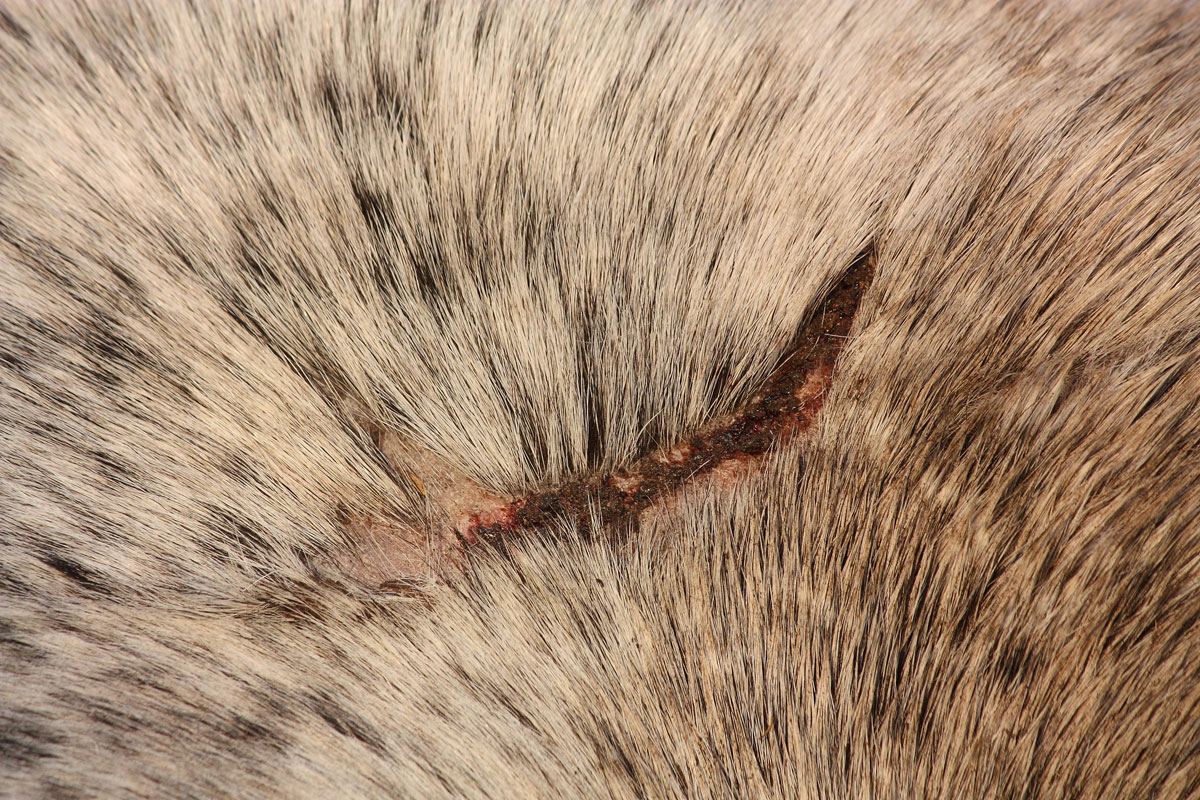
A common medical and surgical concern addressed by equine practitioners is how to deal with wounds of the distal limbs, especially those that are chronic and/or infected. These can be frustrating to both veterinarians and horse owners, and they might necessitate considerable time, resources and financial outlay.
Roughly three-quarters of wounds are not able to be closed by primary intention. Open wounds on the distal limbs have the potential to become infected, are slow to heal, and often develop excessive granulation tissue and scar tissue.
A study at Texas A&M University’s College of Veterinary Medicine & BIomedical Sciences looked at the use of gallium as a potential antimicrobial to use on wounds [Lawless, S.P.; Cohen, N.D.; Lawhon, S.D.; Chamoun-Emanuelli, A.M.; Wu, J.; Rivera-Velez, A.; et al. (2020) Effect of gallium maltolate on a model of chronic, infected equine distal limb wounds. PLoS ONE 15(6): e0235006]. (Editor’s note: “You can access this open-access article here.)
The study compared healing rates between gallium-treated and untreated wounds of the distal limbs that were inoculated with S. aureus. Topical 0.5% gallium maltolate was used for its potential antimicrobial effects. Gallium, a semi-metallic element with properties similar to iron, exerts microbial-killing activity in bacteria that require iron and take it up the similar-appearing gallium. Not only has gallium maltolate been shown to be effective against a variety of bacteria, but it also is able to decrease formation of biofilms that tend to delay healing. Other favorable properties include its ability to reduce fibroblastic proliferation of “proud flesh.”
Six Texas A&M horses used in the study had no evidence or history of skin wounds. Five of the six were used for the infected wound model while one was used for the non-infected wound model. Each horse was anesthetized to create a vertical column of four 2.5 cm x 2.5 cm wounds on the lateral cannon bone of both front legs. The lesions were rebandaged twice weekly. Gallium and placebo treatments began on Day 10.
Non-Infected Wound Model: In the non-infected wound model horse, gallium (0.5% in petroleum base) was applied to four wounds of one limb and the four wounds on the opposite control limb were treated with only petroleum ointment. Each wound was photographed weekly prior to application of treatment. Wound size was measured and granulation tissue height measured. Each wound was biopsied (8 mm punch biopsy) on Day 21 of treatment.
Infected Wound Model: At Day 10, all wounds on the five horses in the infected wound model were inoculated with S. aureus by placing S. aureus-saturated gauze on the wounds for 48 hours, long enough for biofilm formation and infection to occur. Then treatment was applied with gallium-petroleum or only petroleum similarly to the non-infected wound model. Weekly biopsies were taken of control and treated wounds.
The results are promising.
Beneficial effects on wound size and prevention of exuberant granulation tissue formation were demonstrated in non-infected and infected equine wounds when gallium maltolate was applied between weeks two and four after wounding. Gallium-treated wounds healed faster and with less proud flesh than non-treated, uninfected or infected wounds.
In wounds treated with gallium, the researchers noted an increased expression of transforming growth factor-β (TGF-β), which is important to the acute inflammatory response and progression of wound healing. This in turn reduces development of exuberant granulation tissue as well as decreasing wound size.
Additionally, researchers identified increased interferon-γ (IFN-γ) expression in gallium-treated wounds—this substance improves the inflammatory phase of wound repair and improves phagocyte-mediated activity against S. aureus.
In summary, use of 0.5% gallium-maltolate in this study rapidly reduced wound size, reduced formation of exuberant granulation tissue, reduced the bioburden of S. aureus, and improved histologic wound morphology.








